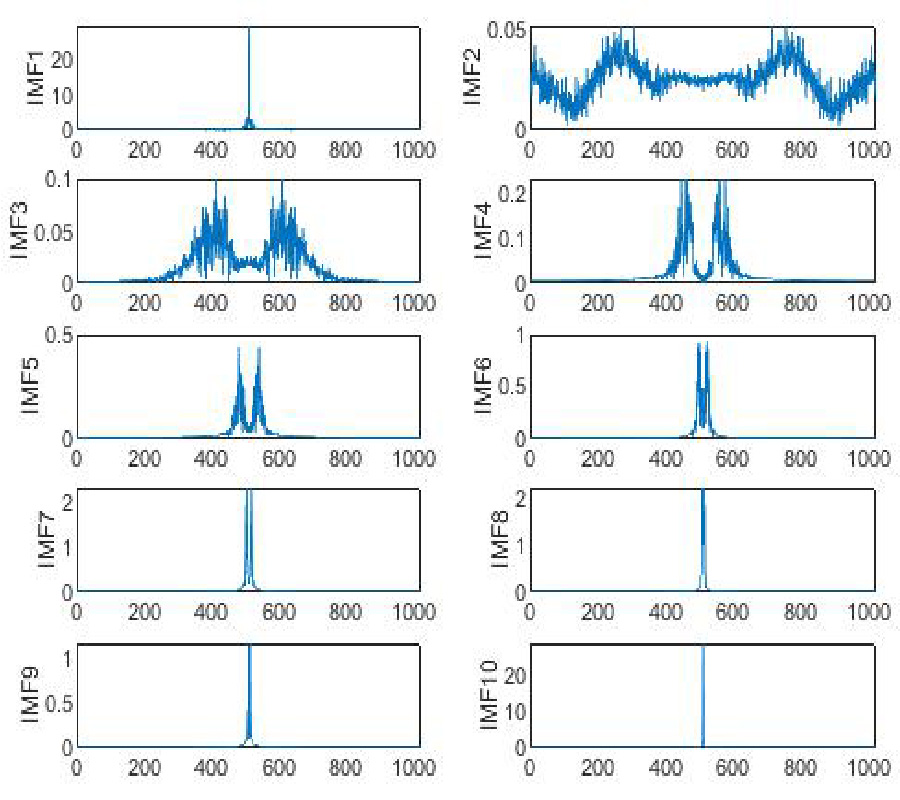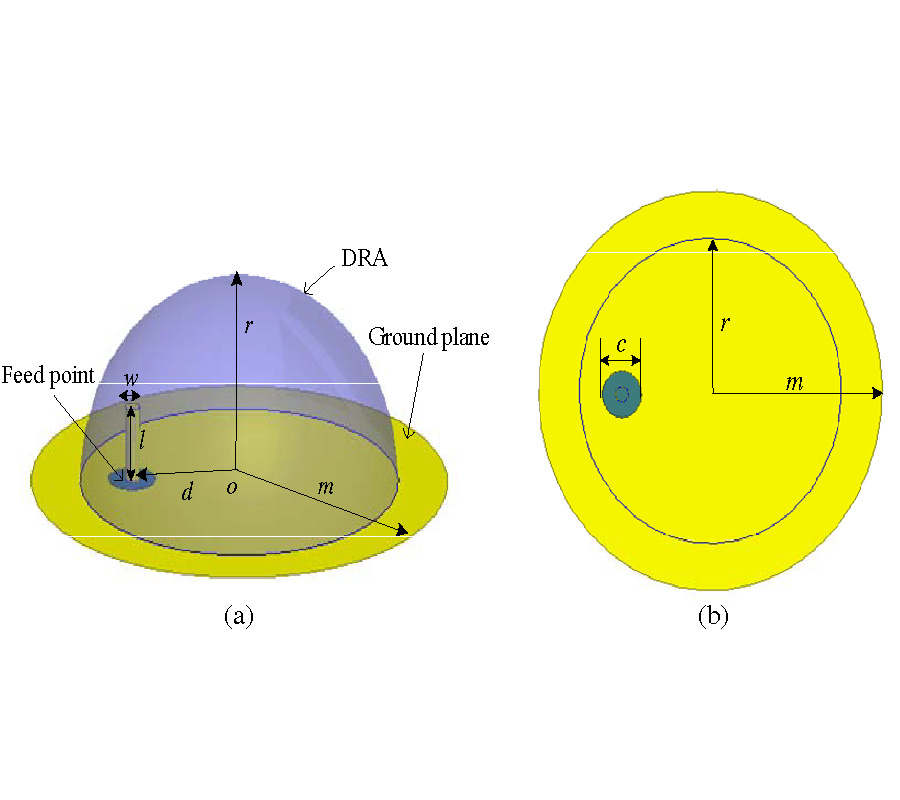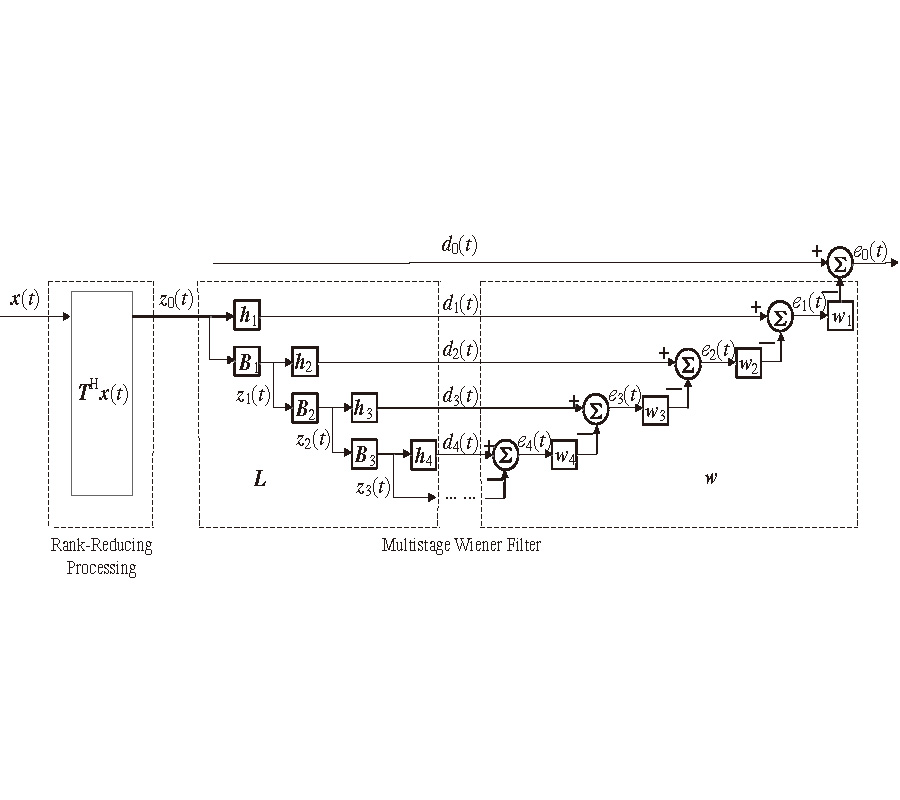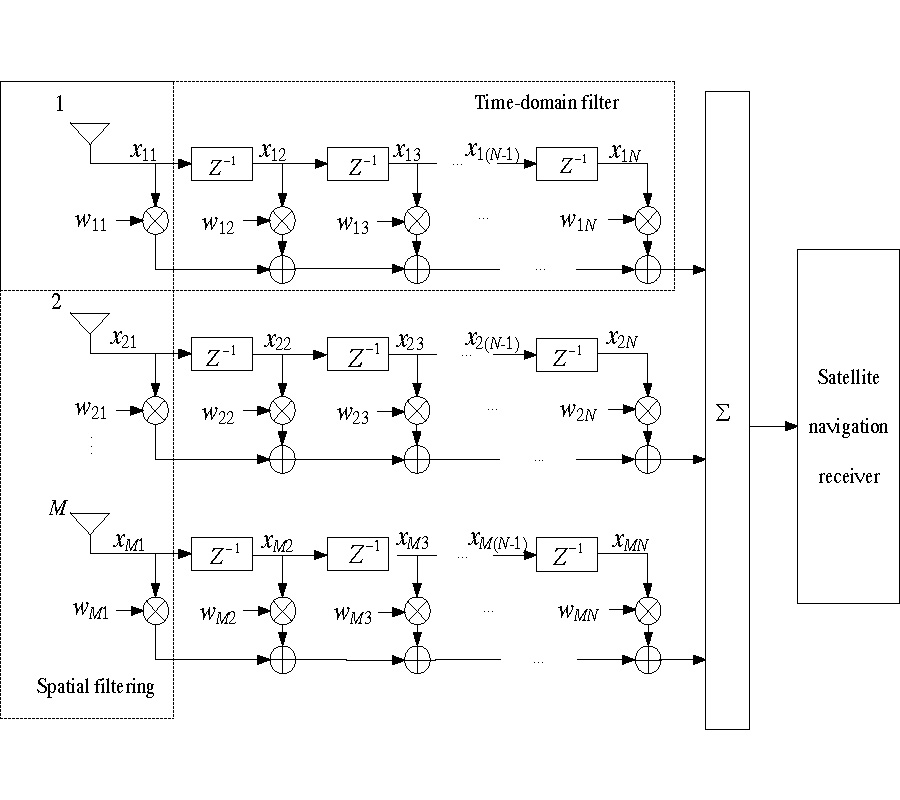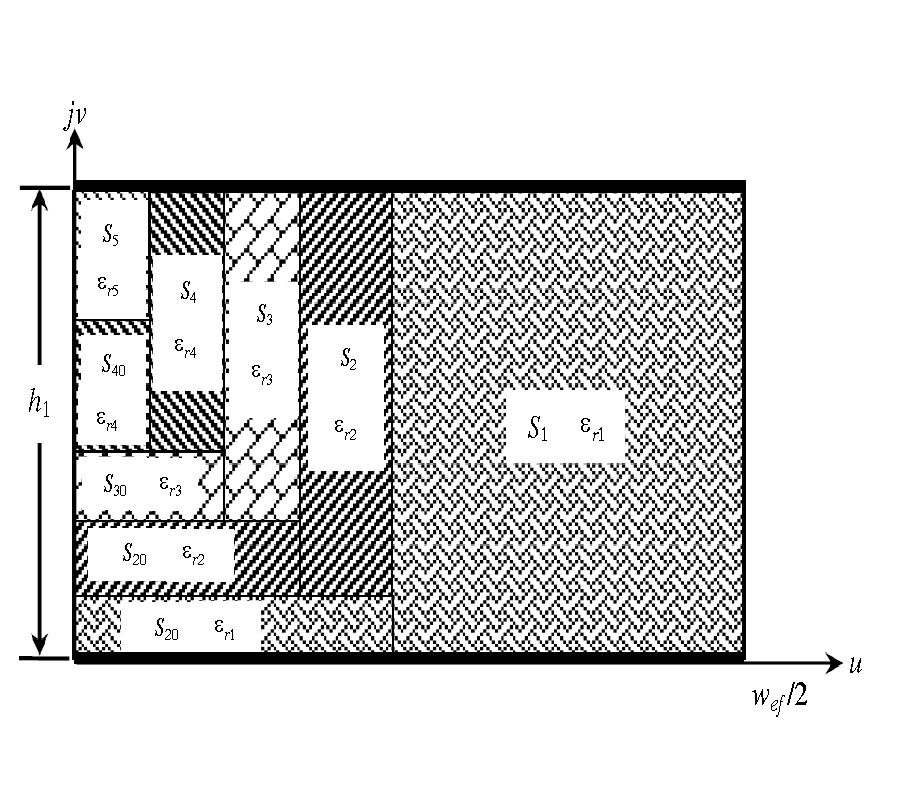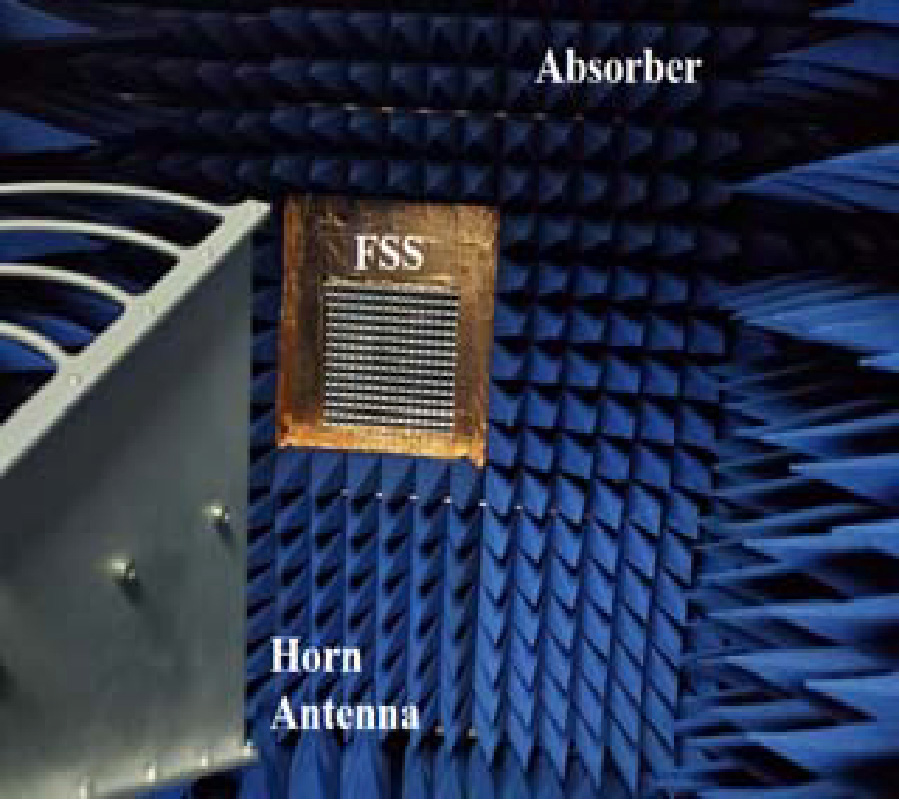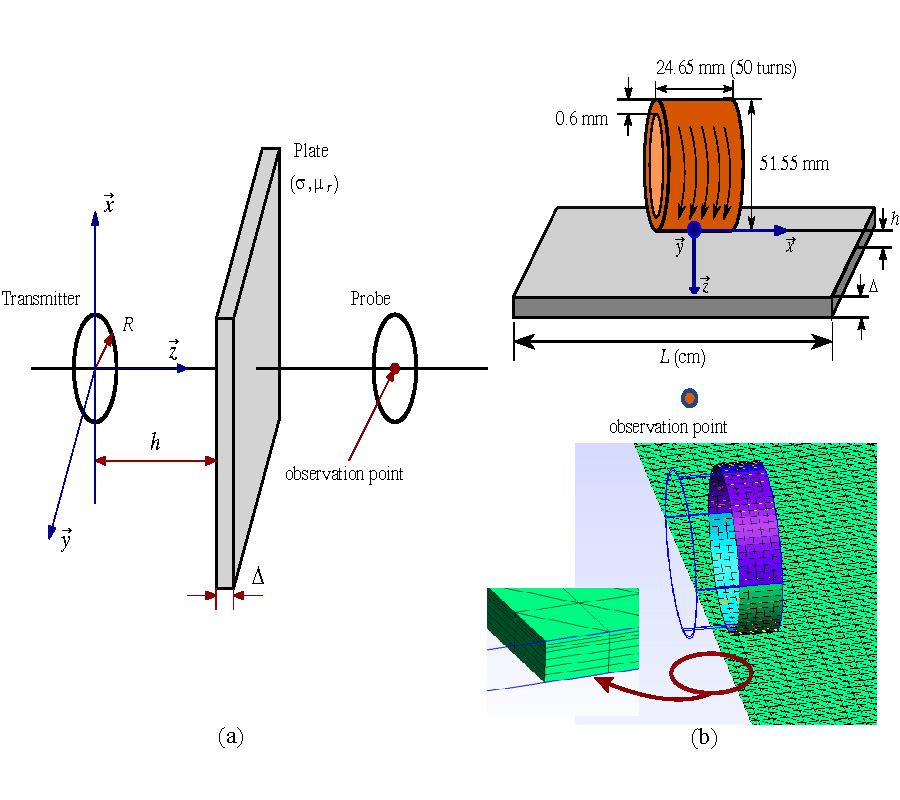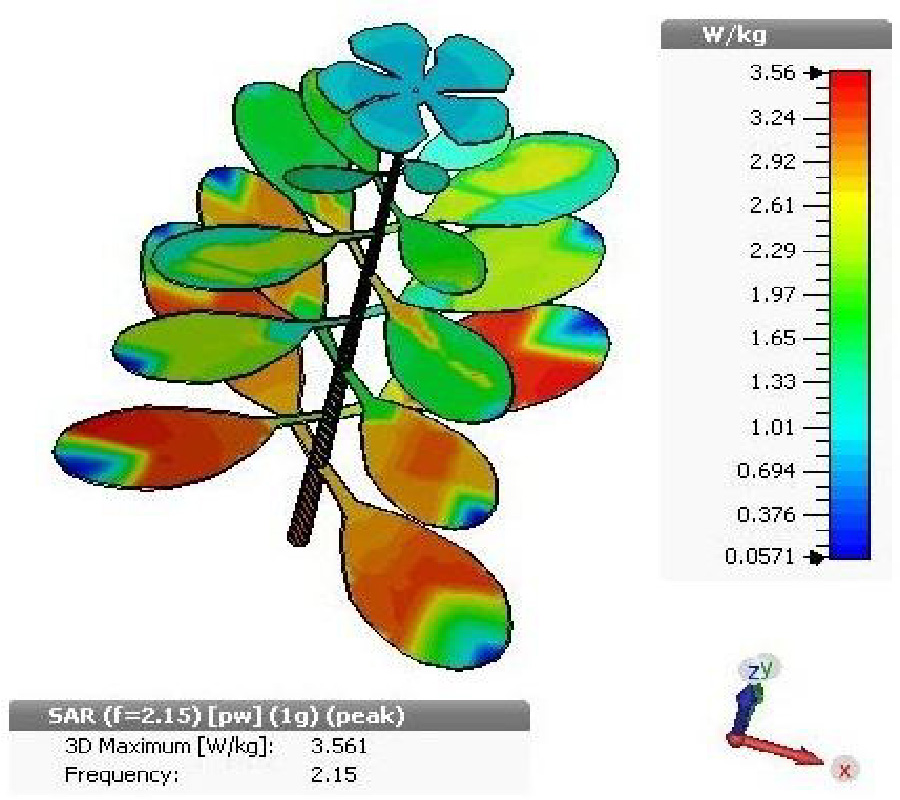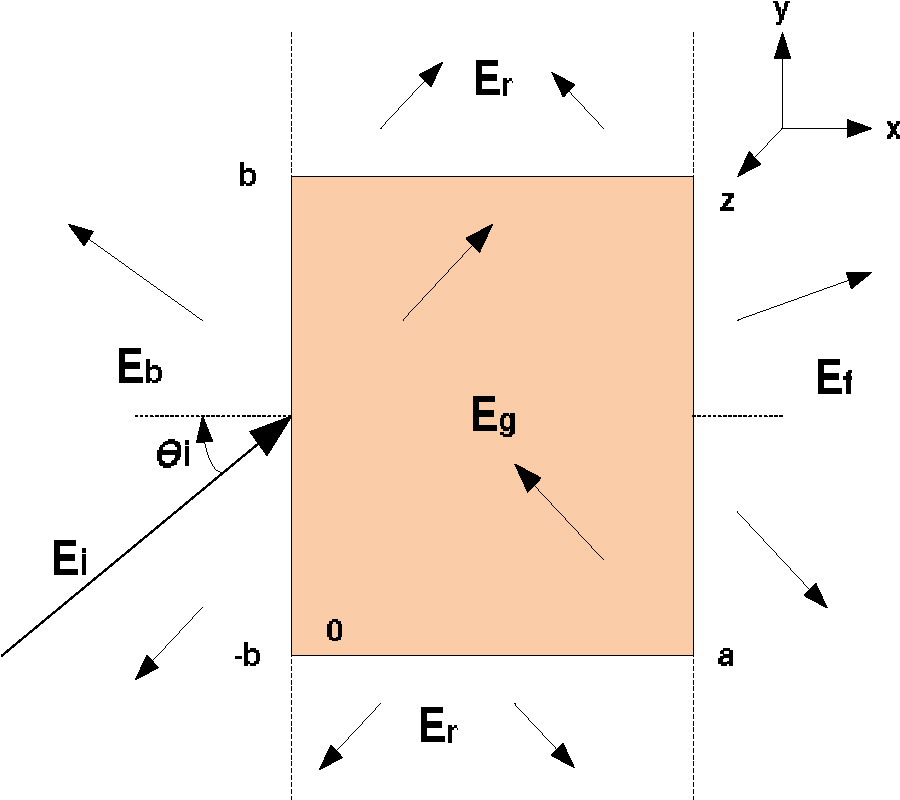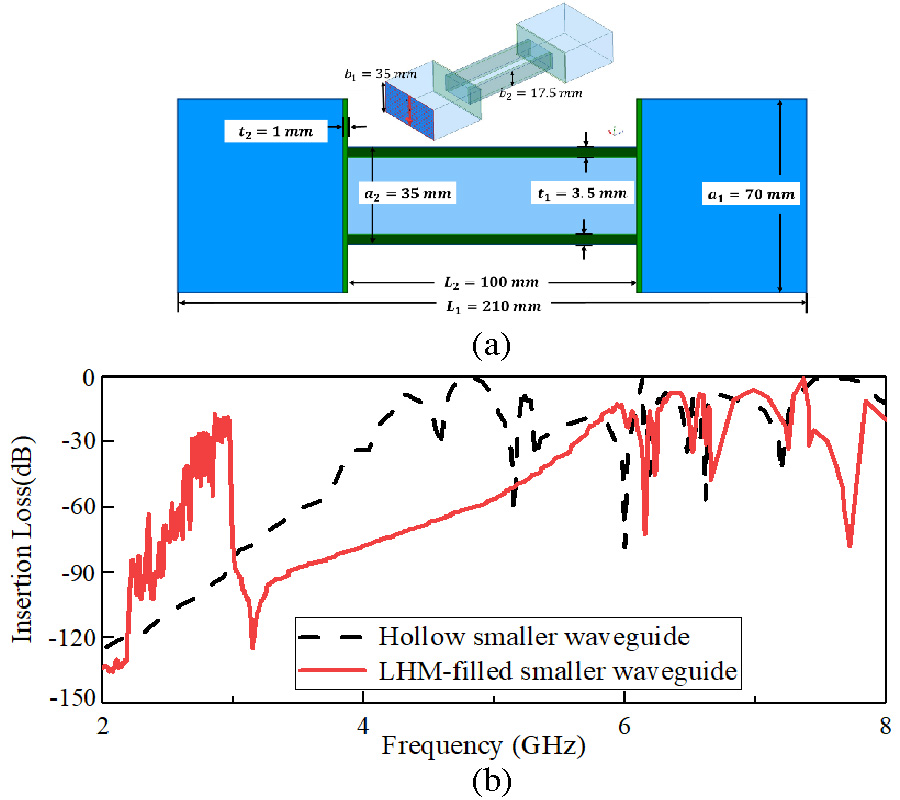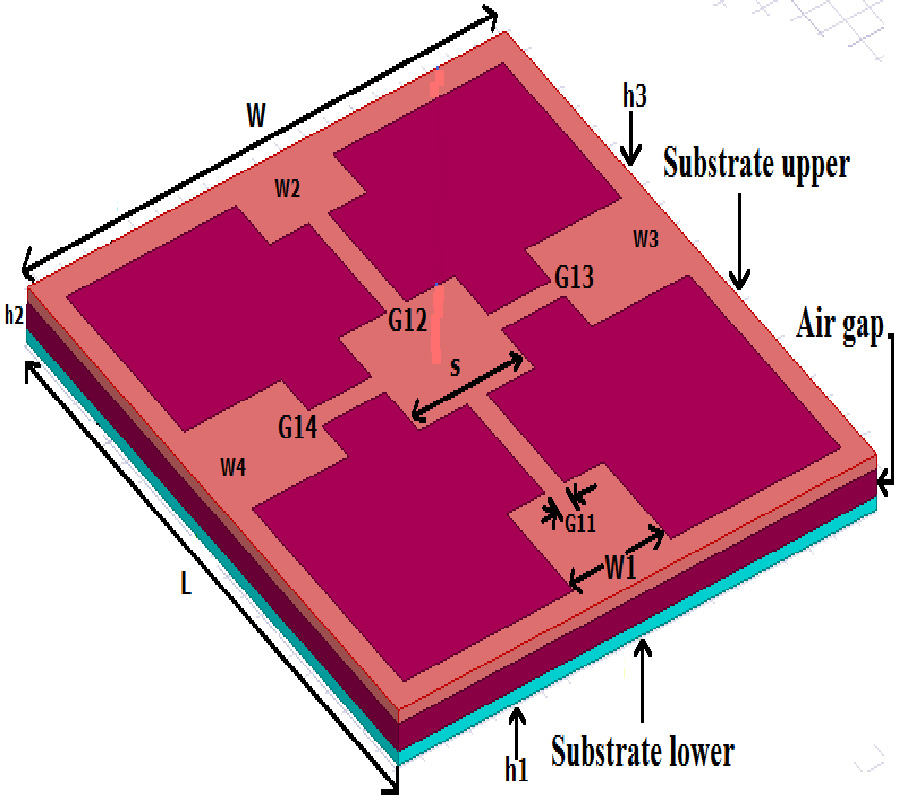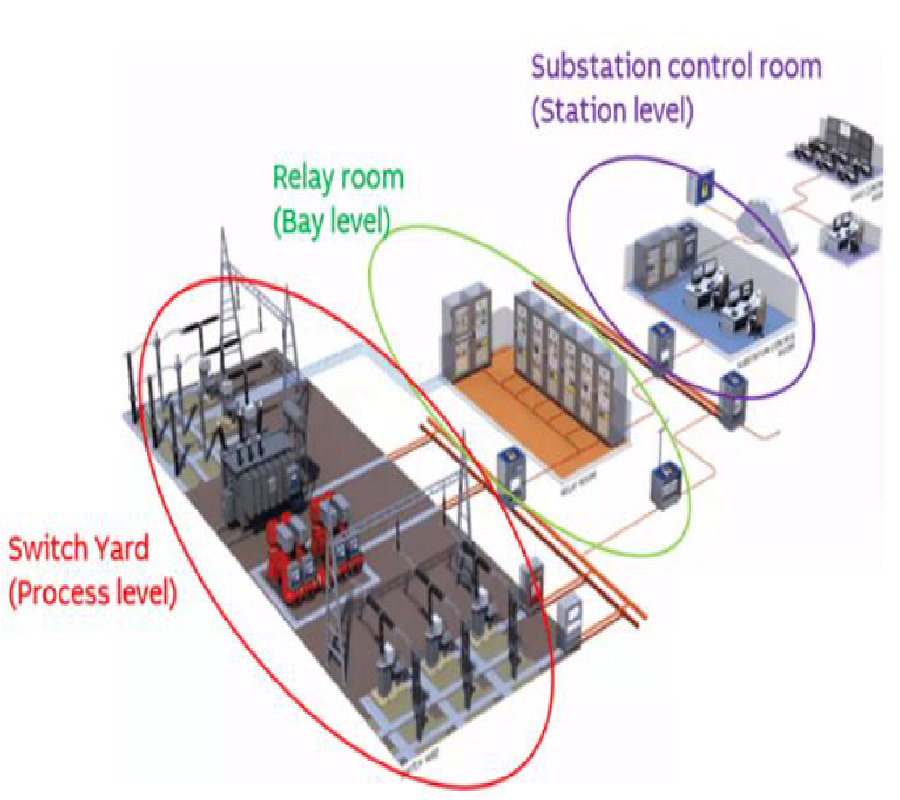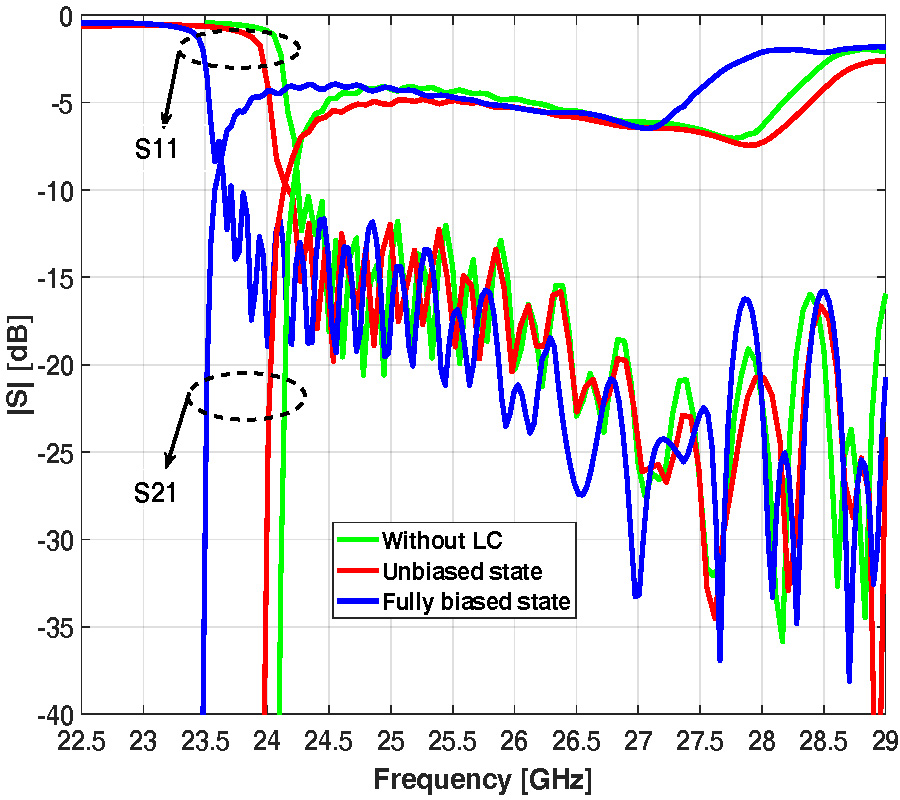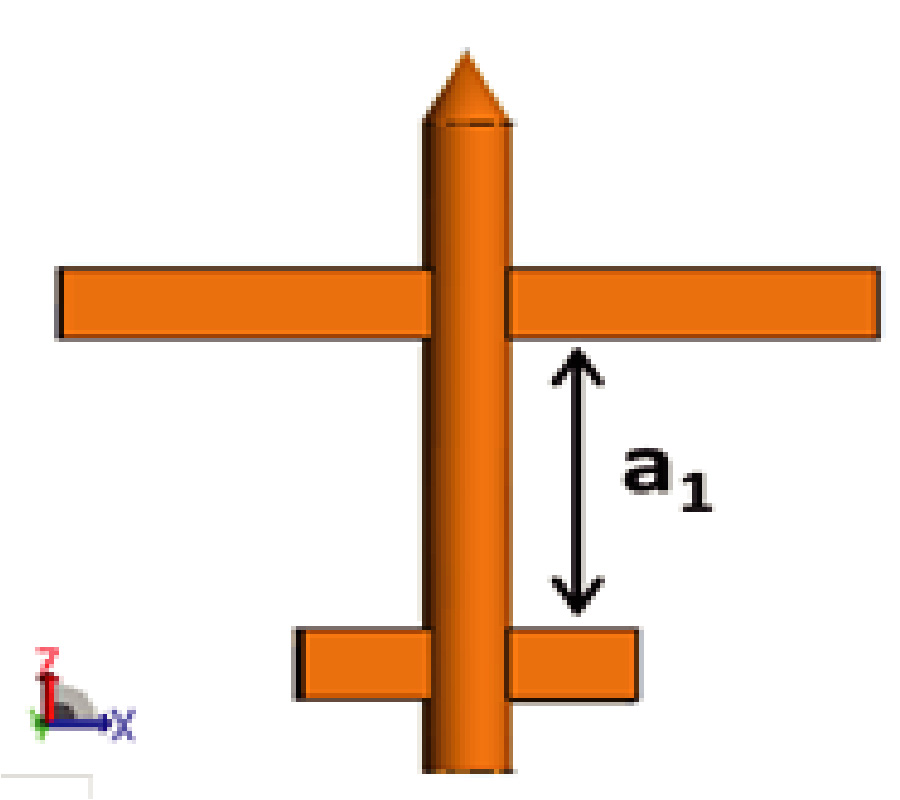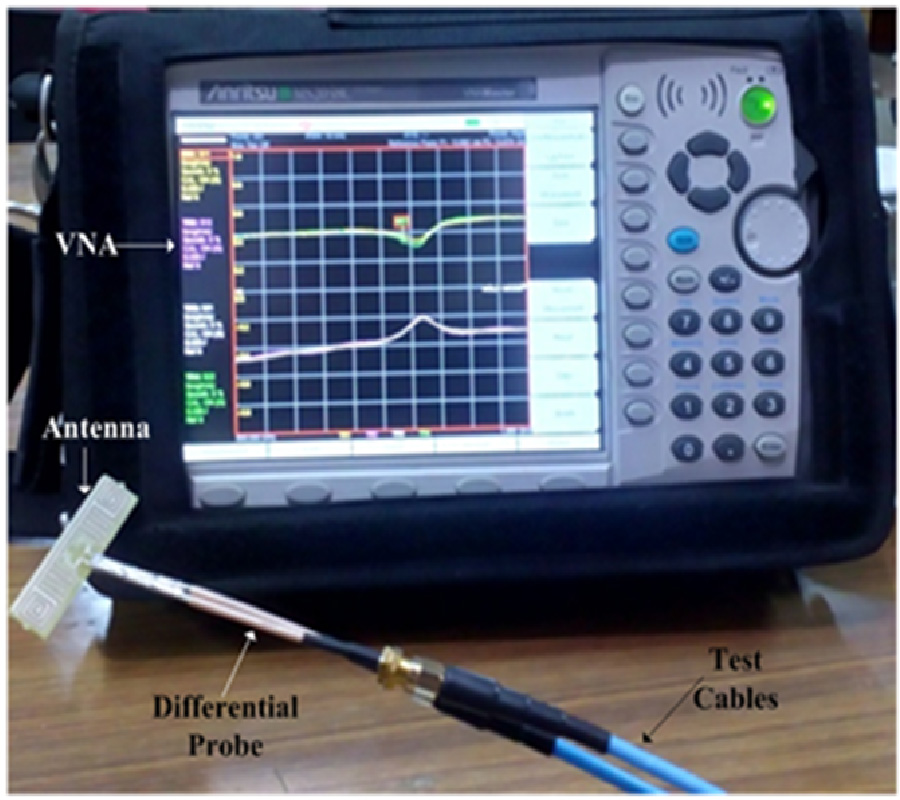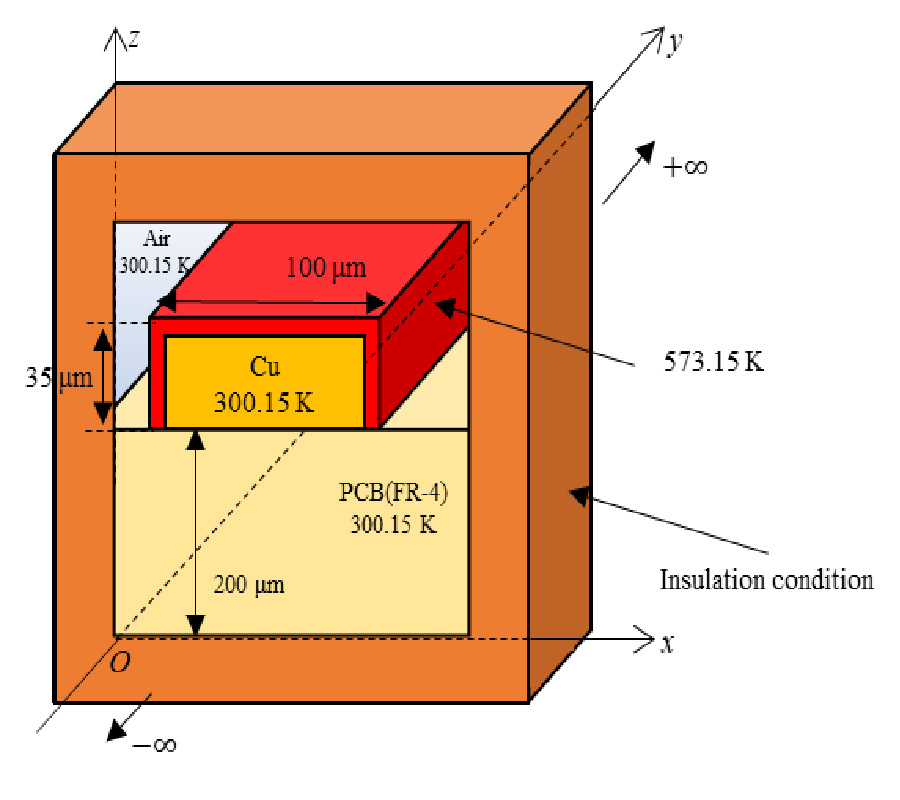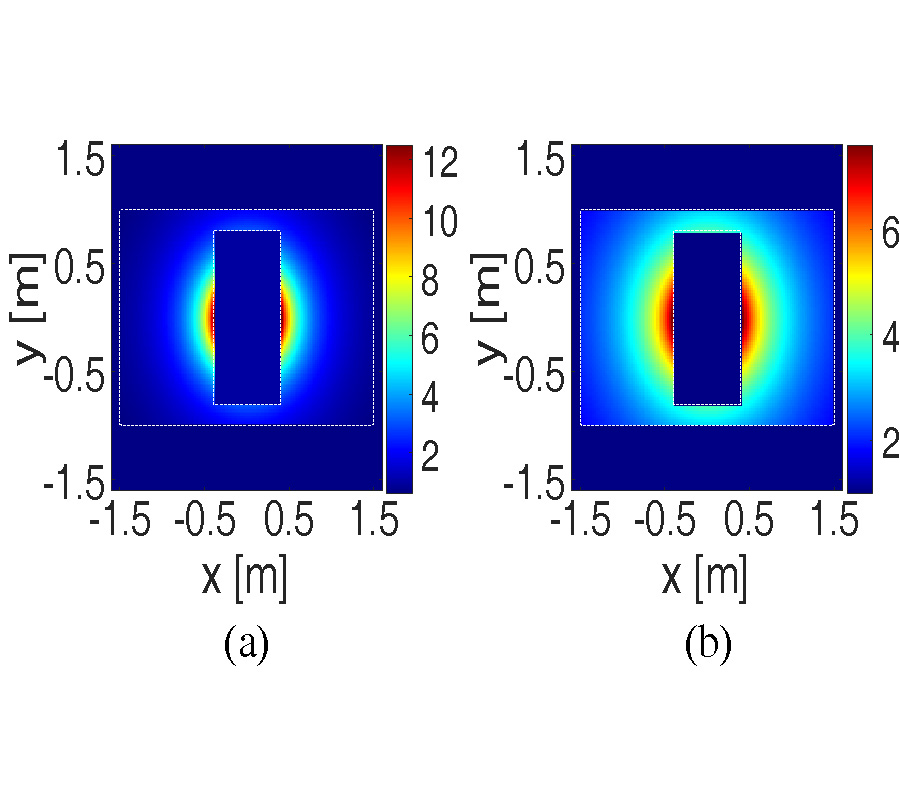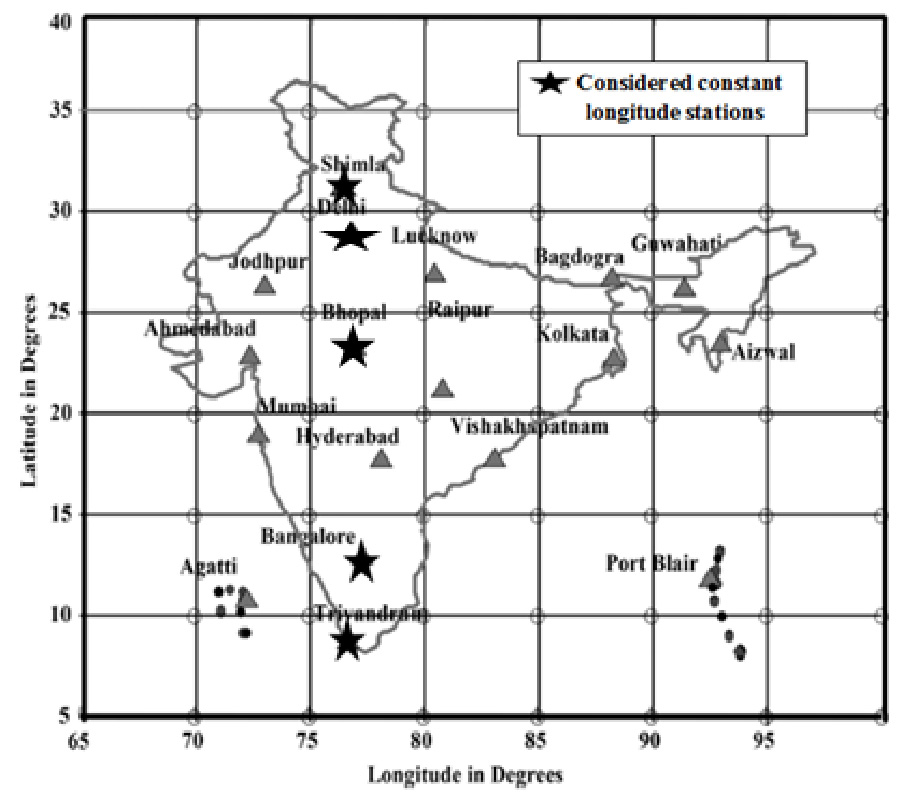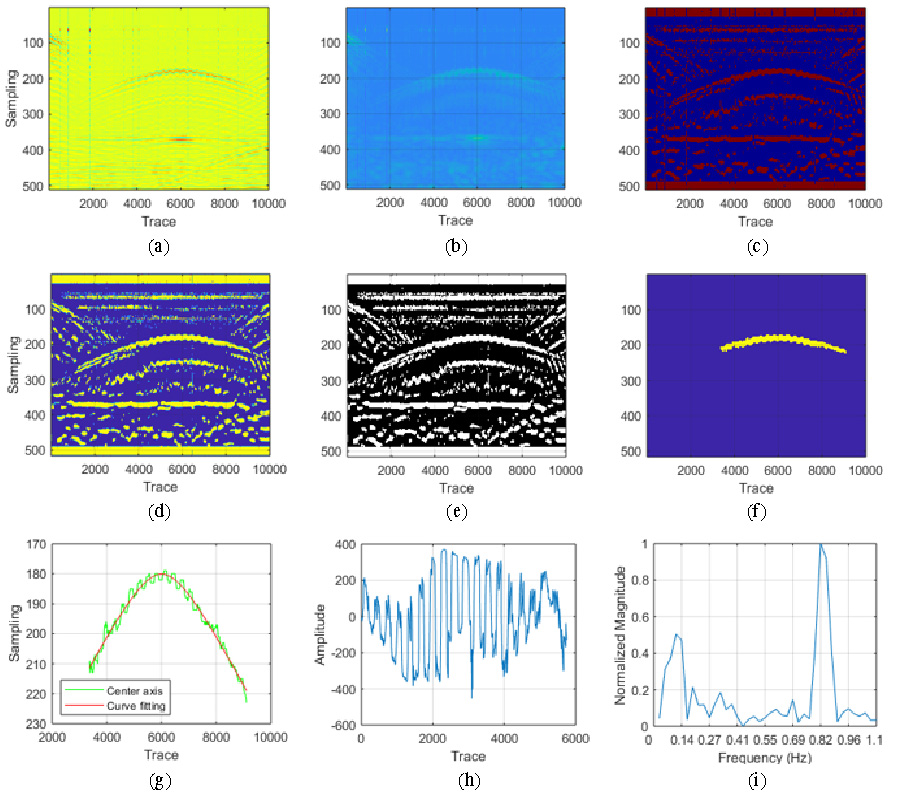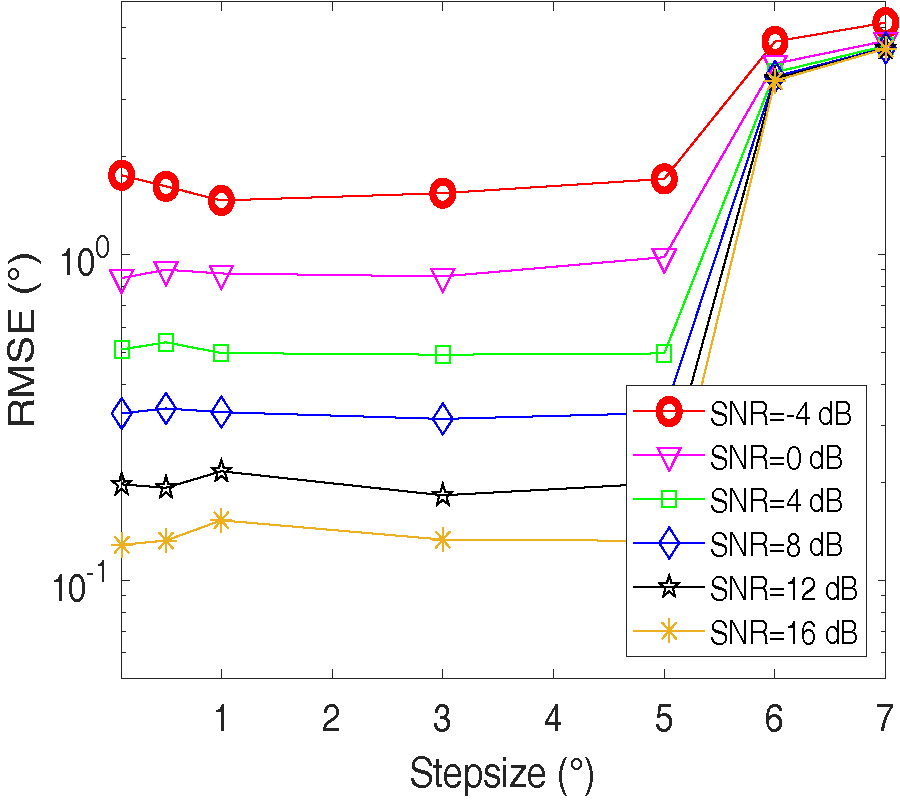Design of Metamaterial Based Multilayer Antenna for Navigation/WiFi/Satellite Applications
Aneri Pandya,
Trushit K. Upadhyaya and
Killol Pandya
Wireless communication plays a vital role in transmitting information from one point to another. Wireless devices have to be smart, intelligent, compact in size and cost effective to meet the demand of wireless communication. A multi-layered, Split Ring Resonator (SRR), negative permeability material inspired antenna has been designed, analyzed, fabricated, and measured. The developed antenna resonates at 1.13 GHz, 2.47 GHz, and 2.74 GHz frequencies with gain of 3.73 dBi, 6.18 dBi, 1.35 dBi, and bandwidth of 2.10%, 2.81%, and 2.09%, respectively. The structure utilizes FR4 material as a substrate. The engineered model has applications in navigation, WiFi, and satellite communication applications.
